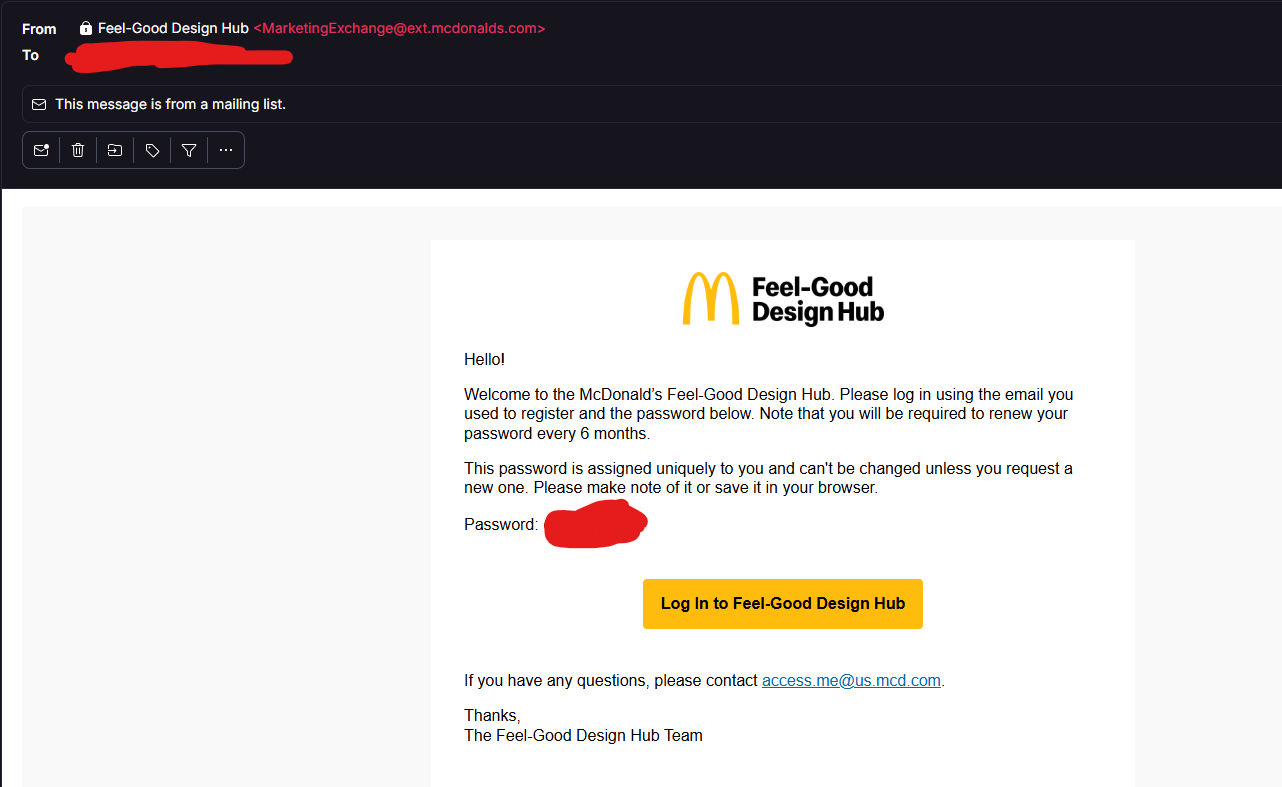In a world where digital infrastructures run global empires, even the biggest names in the fast-food industry aren’t immune to security blunders. That’s exactly what one independent researcher discovered when he found himself unintentionally hacked McDonalds, not for fame or fortune, but over something as trivial as free chicken nuggets.
BobDaHacker, a pseudonymous cybersecurity enthusiast, shared a detailed account on August 17, 2025, of how he uncovered several vulnerabilities and hacked McDonalds. The story, which began with a harmless exploit in their rewards app, soon unraveled into a full-scale audit of McDonald’s digital defenses, exposing issues ranging from insecure developer practices to misconfigured internal tools.
Hacked McDonalds for Nuggets
The first flaw Bob discovered was surprisingly simple. The McDonald’s mobile app failed to validate rewards points on the server-side, only checking them on the client. This meant that with a little trickery, users could effectively get free food without actually having enough points.

Bob tried to do the right thing by reporting the issue. After being brushed off by an overworked engineer, he suspects the bug was quietly patched behind the scenes. That should’ve been the end of the story. But instead, it sparked a deeper investigation into McDonalds vulnerabilities that most would never imagine existed.
The Feel-Good Design Hub Fiasco
Bob’s next stop was the Feel-Good Design Hub, a platform used by McDonald’s marketers and agencies across 120 countries. This supposedly internal portal was protected only by a client-side password, an obsolete and insecure practice. After three months, McDonald’s introduced a proper login system… but not without flaws.
A simple URL manipulation, changing “login” to “register”, gave Bob access to a registration form that helpfully guided him on missing fields. Once filled, he received a password via plaintext email. Yes, in 2025.
This platform hosted videos clearly labeled as “highly confidential,” meant strictly for internal use. Yet due to weak protections, outsiders could easily sign up and browse corporate media.
Exposed APIs and Search Indexes
While exploring the Design Hub’s JavaScript, Bob found a Magicbell API key and secret exposed in plaintext. With these, anyone could impersonate McDonald’s infrastructure to send phishing notifications, an open door for social engineering attacks. McDonald’s eventually rotated the keys after Bob reported them.
He also discovered exposed Algolia search indexes that contained personal data of individuals requesting access to internal systems, emails, names, and request histories, all publicly listable.
Unauthorized Access to Executive Portals
Further probing revealed that crew-level employees could access executive systems. Using his friend’s crew account, Bob tested logins on various portals. One such portal, TRT (trt.mcd.com), allowed users to search for any McDonald’s employee globally, even executives, often revealing personal email addresses. Even more shocking was an “impersonation” feature that let crew members pull sensitive employee data by name or ID.
The GRS (Global Restaurant Standards) tool, aimed at franchise owners, had admin functions without authentication. Bob demonstrated this by modifying the homepage, an act he quickly reversed, but one that highlighted gaping holes in McDonald’s backend.
CosMc’s Coupons and Order Injection
Even McDonald’s latest experimental restaurant, CosMc’s, wasn’t spared. Its “new member” coupon could be reused indefinitely because, again, the backend didn’t validate it. Bob also discovered the ability to inject arbitrary data into orders, exposing yet another critical lapse.
The Real Challenge? Reporting It
Despite the severity of these vulnerabilities in McDonalds, the most difficult part was reporting them. McDonald’s had previously added a security.txt file, standard for publishing security contacts, but had removed it just months later. With no clear reporting channel, Bob resorted to cold-calling McDonald’s HQ, dropping names of security employees he found on LinkedIn. After repeated attempts, someone finally took him seriously and pointed him to the right contact.
Conclusion
Although McDonald’s eventually fixed most of the issues, the fallout revealed major gaps in their security response. Bob’s friend was reportedly fired, and the company still lacks a proper security.txt file or bug bounty program, leaving ethical hackers without a clear path to report problems.
Hacking McDonalds exposed how simple oversights, like client-side validation and unauthenticated tools, can lead to serious McDonalds vulnerabilities. It’s a clear reminder that digital security is essential, and companies must prioritize responsible disclosure and proactive protection.
